Yeast Infection: Causes and How to Treat Them
A vaginal yeast infection is very common among women and there’s no need to feel embarrassed about it. Three out of four women will have experienced it at least once during their lifetime. Keep reading to learn more about yeast infections.
Fortunately, most cases can be cleared up in a matter of days. Until then, you’re suffering from itchiness and discomfort, while trying to survive the workday without anyone noticing. Here’s everything you need to know about a yeast infection, what causes them and how you can treat it.
Basic Info on Yeast Infections
The medical name for a yeast infection is candidiasis. Did you know that your vagina contains a healthy amount of yeast and bacteria that are actually good for you?
So how does a yeast infection happen? It’s usually caused by a yeast called candida. When your vagina’s chemistry becomes off-balance, the yeast that’s already present can grow too much, causing an infection.
Symptoms of a Yeast Infection
There are a handful of signs that will let you know that you are experiencing a yeast infection. These may include itching in your vagina or vulva region. You may also feel a burning sensation when you urinate or during sexual intercourse.
There might be a pain, soreness, or even a rash around your vagina. In some cases, there may even be a vaginal discharge or blisters that you notice. You might notice a slightly different smell coming from the discharge than normal.
Causes of a Yeast Infection
Surprisingly, there are a number of factors that can cause a yeast infection that you need to be aware of. These include antibiotics, weak immune system, uncontrolled diabetes, a hormonal imbalance near your menstrual cycle, eating sugary foods, lack of sleep or even stress.
Yeast infections, in most cases, are not contagious, yet rarely can be transferred between a man and women during intercourse. Even when this happens, a yeast infection is not considered an STD.
Untreated Yeast Infections?
Is there any lasting damage that a yeast infection can cause if left untreated? Fortunately, no. It will not cause infertility, or any scarring or permanent damage of any kind.
However, it will be uncomfortable. There is also a great possibility that leaving it untreated will cause it to reoccur down the road. Very rarely will mild yeast infections go away on their own.
Can Men Get it Too?
Although rare, men can also get yeast infections, especially those that have not been circumcised. After working out for a long session, sweat can cause bacterial infections including yeast infections.
Signs include burning during urination, itchiness or irritation, redness or sores on the foreskin of the penis. There may even be a musty odor that will be present during a yeast infection.
Men should apply an antifungal cream to the head of their penis and also underneath the foreskin.
How to Treat It
There are a number of over the counter creams that will do the trick. Antifungal creams, suppositories, and ointments are the best ways to treat it.
It may take anywhere from 1 to 7 days for the treatments to help it go away. It also depends on how severe the infection may be. Moderate infections may take closer to 2 weeks for it to clear up.
Garlic has been proven to work against bacteria. You can eat it raw or take it orally through pills. There’s also topical garlic extract cream that can be applied directly to the walls of your vagina.
If you notice a burning sensation, wipe it off with a cool washcloth.
Yogurt actually works great too, because it has bacteria in it called lactobacillus. Other women will tell you that yogurt with honey works even better.
You just need to take a tampon out of its applicator and fill the applicator with yogurt. Then you simply insert the yogurt directly into your vagina.
You don’t have to use an applicator if you wish not to. You can also use your finger to apply yogurt into your vagina.
Raw organic coconut oil works great on a number of situations, including yeast infections. You can apply the oil externally or internally to your vagina, to help ease the symptoms.
Make sure that you’re using a product that’s not mainly for cooking, but rather treating skin problems.
Drinking lots and lots of water can actually help you urinate more frequently and flush out the sugars that have triggered the yeast infection in the first place. Cranberry juice has also been thought to help prevent recurring yeast infections.
How to Wash Yourself and Clothing
It’s also better to take showers instead of baths filled with soap when you are battling a yeast infection.
When you’re taking a shower, be sure not to use soap around your genital area. Only use warm water and be sure to dry completely, from front to back.
It’s also important to make sure that you wash your underwear well. Normal laundry detergent will not kill the yeast, you’ll need a disinfectant to do the trick. Yeast can live on your clothing even with you not using them for a short period.
Other Things to Avoid
It may be in your best interest to avoid wearing tight pantyhose, scented feminine products, and douching. You also don’t want to remain in wet clothes or workout clothes for too long.
Taking antibiotics for colds (a virus) may not be helpful for your infection either. Please remember antibiotics do not work for viruses.
Have you tried the product I use often? My Doctor Suggests makes the best Silver Lozenges and Structured Silver (this is different than Colloidal Silver). Please read the difference between the silvers on My Doctor Suggests.
When to See Your Doctor
If this is your first time experiencing a yeast infection, or not sure if that’s even what you have, it won’t hurt to get checked out. Another reason to see your doctor is when you’ve tried using the antifungal creams or suppositories and nothing seems to be working.
If you are noticing other symptoms that are being triggered at the same time, you will want to get an appointment set up with your doctor. When in doubt, please visit your doctor.
I use this product Monistat One Day. Yes, I stockpile it, in case you’re wondering. I also use this product Solaray CranActin and I drink a lot of water.
Final Word
Have you ever experienced an awful yeast infection? What did you use to help with the discomfort and help it go away? Did any of the causes for a yeast infection surprise you? May God bless this world, Linda
Copyright images: Candida-Depositphotos_80127108_s-2019

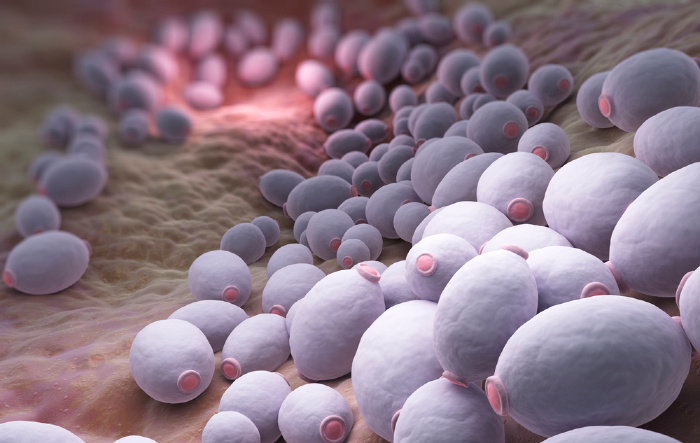


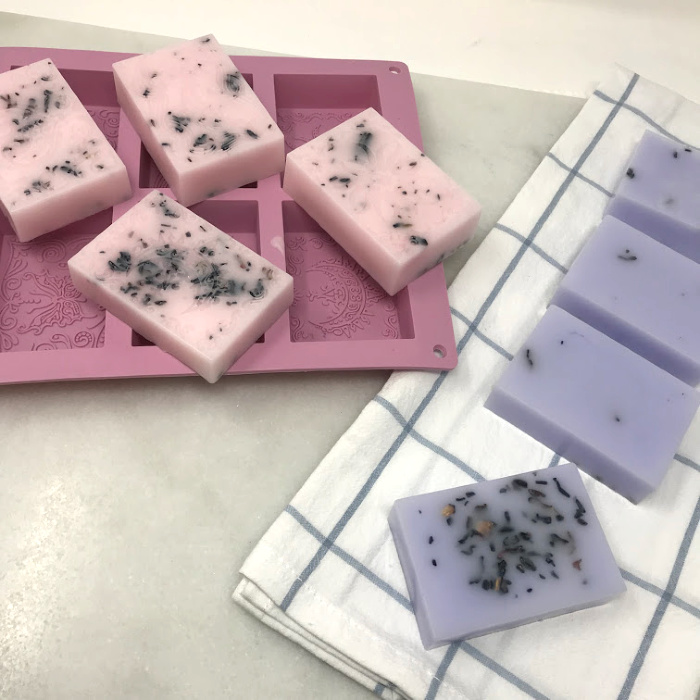
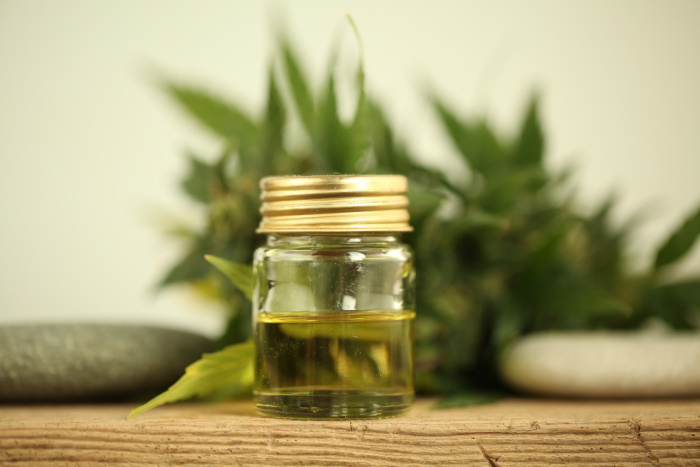
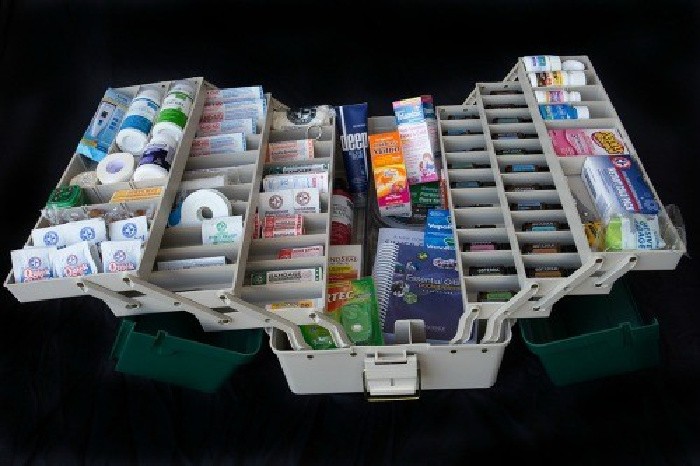
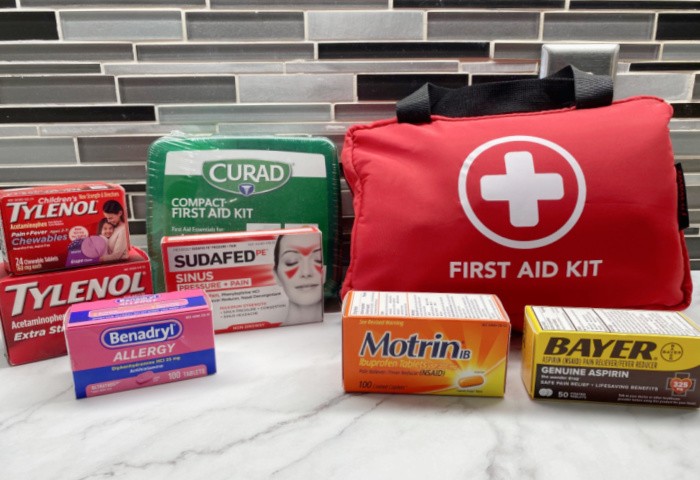
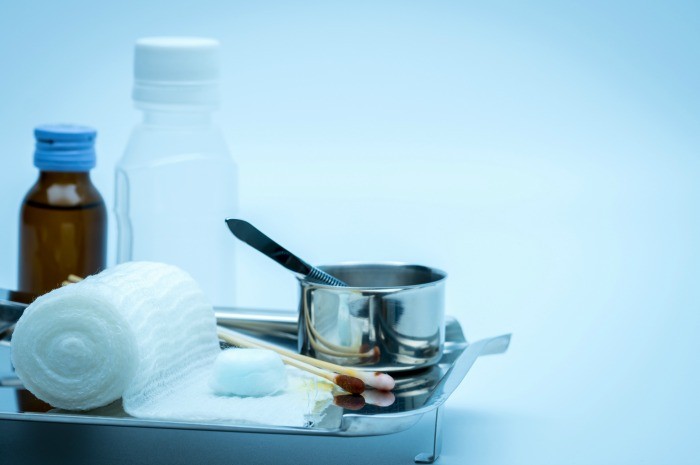














Hi Linda,
Like many women, I’ve had more than my share of yeast infections. With me, they almost always occurred after taking antibiotics. And after having my spleen removed, I was often prescribed antibiotics, so the yeast infections were quite frequent for a time. The OTC yeast infection creams do not have a long shelf-life past their expiry date, so they aren’t great from a preparedness point of view. I like trying natural remedies, and so I used coconut oil with my last infection a year ago. It calmed the itching for about three days, and then all heck broke loose.
So I turned to a recommendation from a Utah doctor who taught some off-grid medicine courses I took last year. Fluconazole (Diflucan) is an anti-fungal tablet. It is by prescription only in the US, but OTC in Canada and available through overseas pharmacies. In most cases it just takes one pill. And the shelf-life is much longer than the creams. It works like a charm, no mess, and you don’t have to wait until bedtime to start treatment.
HI Jennifer, I love your comment, we need as many ideas as possible to treat a yeast infection. Thank you so much, Linda
For years I suffered. ..really suffered with yeast infections and urinary tract infections. My grandmother told me to try to drink apple cider vinegar mixed in water. I could not stomach the taste. I found apple cider vinegar pills with the mother on Amazon and thought it was worth a try. It has now been 2 years and I have not had an infections of any kind. I took them every day for the 1st 2 bottles. After that I started taking them every other day. It changed my life. I don’t know if it would work for everybody but it sure did work for me!
Hi Angela, I love your comment, we need to hear ideas we can all use. I’m with you, I can’t stomach the taste of ACV. I’m going to try ordering some apple cider vinegar tablets with the mother in them!! Thank you so much!! Linda
I am with Jennifer on this one. Difulcan works GREAT! One pill, one time. I take Jardiance to control blood sugar as I am a Type Two diabetic. The number one worst side effect of this medication is yeast infections. Linda, I agree you need to keep very clean and dry–use a hair dryer! Yup, it really helps.
Thanks for tackling an itchy subject.
Hi Joanne, I love hearing from you!! It really is an itchy subject but does need to be addressed. I need to find some of that Difulcan! Thanks for the tip! We all learn from each other! Linda
Have a wonderful New Year! Ask Jennifer what pharmacies in Canada carry Difulcan. One of my sons-in-law is Canadian. Thanks for all you do.
Happy New Year!!! Linda
For years, I suffered with yeast infections. Then I had a PA tell me about using ophthalmic grade, boric acid. Fill up a number 2 capsule with boric acid and insert it. I have used this for years and after about the 3rd day, the terrible symptoms were gone. Need to use it for 10 days.
This works. And boric acid has a long shelf life. Needs to be the ophthalmic grade though.
Hi Mae, I love hearing this!! Isn’t it wonderful we can share tips through the internet? Thank you so much for commenting! Linda
Thanks for all the great suggestions! Once my baby had a terrible diaper rash and the doctor suggested Lotrimin anti fungal cream. Later when I was itchy in the same place and couldn’t afford the feminine stuff, I used the left over cream and it worked. I like hearing on things you can stock up on. Do ACV pills have an expiration date?
Hi Estina, Oh my gosh, I remember that now. Thanks for the reminder of the terrible diaper rash tip. My grandson’s doctor said to do that as well. AND it worked. Thank you! Linda